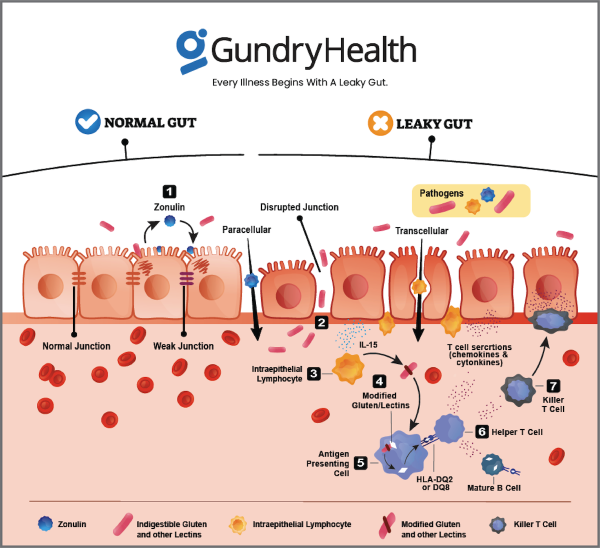Thyroid Eye Disease
A Comprehensive Guide to TED
Thyroid Eye Disease (TED), also known as Graves’ Ophthalmopathy, is a complex and potentially serious condition that affects the eyes and surrounding tissues 1. It is characterized by inflammation and damage to the tissues around the eye, including muscles, fatty tissue, and connective tissue. The disorder is often related to Graves’ disease, which is also an autoimmune disease that affects the thyroid, eyes, and skin.
This article aims to provide an in-depth understanding of TED, its causes, symptoms, risk factors, diagnosis, treatment options, and potential complications.
Understanding Thyroid Eye Disease
TED is an autoimmune condition where the body’s immune system mistakenly attacks the tissues around the eyes, leading to inflammation and swelling. This can cause an array of eye-related symptoms and significantly impact an individual’s quality of life.
Symptoms of TED
Common symptoms of TED include:
- Redness and swelling of the eyes
- Dryness or excessive tearing
- Sensitivity to light
- Double or blurred vision
- Protruding eyes (proptosis)
- Difficulty closing the eyes
- Pain or pressure around the eyes
Risk Factors and Causes
While the exact cause of TED remains unknown, it’s closely associated with Graves’ disease, a condition characterized by an overactive thyroid gland. However, TED can also occur in people with normal or underactive thyroid glands.
Risk factors for developing TED include:
- Smoking
- Family history of thyroid diseases
- Female gender
- Age (most common between 40 and 60)
Causes
TED is an autoimmune condition, which means that the body’s immune system mistakenly targets its own tissues. The immune system’s attack on the muscles that move the eye causes them to thicken and become stiff. As a result, these muscles cannot properly move the eye to all of its positions. In addition, these changes cause the eyeball to push forward and the eyelids to retract.
Diagnosing TED
Diagnosis of TED involves a comprehensive eye examination, blood tests to check thyroid function, and imaging studies like MRI or CT scan to assess the extent of the disease.
Treatment Options
The treatment of TED depends on the severity of the condition and the phase of the disease. There are two phases of TED: the active or inflammatory phase and the stable phase. The active phase can last for months up to three years, while the stable phase follows when the inflammation stops.
Medical Therapy
Medical therapy can be a good initial, noninvasive way to manage certain patients with TED. Following are the pros and cons of the various medical approaches6:
- Steroids: Steroids are excellent for reducing symptoms in TED, but aren’t disease-modifying; rather, they improve soft-tissue symptoms in the short term 6.
- Vitamins: Some studies suggest that taking selenium supplements may help reduce inflammation and improve eye symptoms 6.
- Eye drops or gel: Artificial tears or lubricating gels can help relieve dryness and irritation7.
- Cool compresses: Applying cool compresses to the eyes can help reduce swelling and discomfort7.
Surgery
Surgery may be necessary for patients with severe TED or those who do not respond to medical therapy. Following are some surgical options 8:
- Orbital decompression: This surgery involves removing bone from the eye socket to create more space for the eye and relieve pressure 8.
- Eyelid surgery: This surgery can correct eyelid retraction or bulging eyes caused by TED 7.
- Strabismus surgery: This surgery can help correct double vision caused by TED 7.
Biologic Therapy
In January 2020, the U.S. Food and Drug Administration (FDA) approved Tepezza (teprotumumab-trbw) for the treatment of adults with TED, representing the first drug approved for the treatment of TED . Tepezza is a biologic therapy that targets the insulin-like growth factor-1 receptor (IGF-1R), which is believed to play a key role in the development of TED .
Potential Complications
If left untreated, TED can lead to serious complications such as corneal ulcers, optic neuropathy (damage to the optic nerve), and in rare cases, vision loss.
Real Life Patient Experiences
TED can have a significant impact on a patient’s quality of life. Olympic gold medalist Gail Devers has lived with Graves’ disease and symptoms of TED for over 30 years. She still struggles with red, irritated eyes, eye pain, and light sensitivity today. Gail encourages people with Graves’ disease to focus on their eye health and to be their own best advocate. If you notice any changes in your eyes, like eye bulging, light sensitivity, or eye pain, don’t just assume they’re part of Graves’ disease. Write down the symptoms and report them to a TED Specialist 10.
Conclusion
Thyroid Eye Disease can significantly impact an individual’s quality of life. Therefore, if you experience any symptoms associated with TED, it is crucial to seek medical attention promptly. With early diagnosis and appropriate treatment, the prognosis for individuals with TED can be significantly improved, and serious complications can be prevented.
The symptoms of TED can vary in severity and may include bags under the eyes, blurred or double vision, difficulty moving the eyes, dry or watery eyes, pain in or behind the eye, and more. TED is an autoimmune condition caused by the activation of orbital fibroblasts by autoantibodies directed against thyroid receptors. Treatment options include medical therapy, surgery, and biologic therapy. If you notice any changes in your eyes, like eye bulging, light sensitivity, or eye pain, don’t just assume they’re part of Graves’ disease. Report them to a TED Specialist.
Get personalized care and recommendations for Thyroid Eye Disease from Dr Gundry-Approved program
If you’re looking for more guidance about Thyroid Eye Disease than this short list of recommendations, Dr. Gundry’s unique health program is now available to you (without needing an appointment at one of Dr. Gundry’s two, waitlist-only West Coast clinics).
Thanks to the pioneering work of Dr. Gundry and his team at Gundry Health, patient care team trained in Dr. Gundry’s unique holistic methods are now available to help you craft your own personalized Thyroid Eye Disease program.
It’s easy to get started.
Simply click the link below to get more information about personalized Thyroid Eye Disease treatment plan options, so you can get expert analysis, diagnostic care, and a plan for tackling Thyroid Eye Disease, arthritis, or other autoimmune diseases.
Each patient care team member at Gundry Health is Board Certified and trained in Dr. Gundry’s renowned approach to functional medicine and care.
Get your personal lab data and talk to a U.S. licensed doctor. Click Here.







